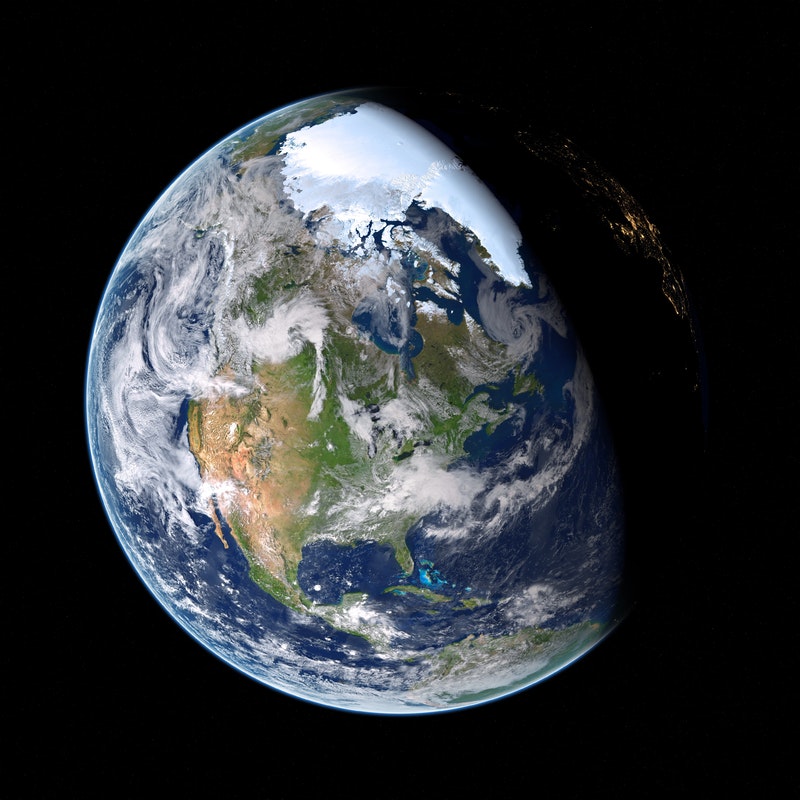March Equinox mainly falls on the days of 19th , 20th , 21st or 22nd of March every year. This year March Equinox is on 20th March.

Earth rotates on its own axis once each day and revolves around the Sun every day for 58 minutes, 59 seconds
for 365.25 days. One complete orbit around the sun takes 365 days or one year during which earth travels 940
million kilometres. Because of the gravitational force from Sun, the Moon and other planets the axis of earth
oscillates between 22.1 to 24.5 degrees, earth’s axis wobbles around itself and is called axial precession or
precession of the equinoxes.
Now, because the earth is rotating itself and revolving around the sun in a tilted position, sun rays fall differently
on different parts of earth’s hemisphere. Because of such phenomenon, when the axis of earth is tilted towards
sun the northern hemisphere of earth receives more sun rays than southern hemisphere, hence, the regions
lying in the northern hemisphere experiences more daylight than southern hemisphere. The daytime in the
regions of northern hemisphere is more and night time is more in regions of southern hemisphere. Which means
it is summer time in northern hemisphere as it receives more sun at that time of year i.e., June and winter in the
southern hemisphere. After revolving further towards the other side of sun, the axis of earth happens to fall away
from the sun, at this position the northern hemisphere of earth falls away from sun and southern hemisphere is
closer to sun. At this point of time, southern hemisphere receives more daylight than northern hemisphere, the
day is longer in southern hemisphere and night is longer in northern hemisphere. During this time, it is winter in
northern hemisphere and summer in southern hemisphere as it receives more sun in December.
When the earth revolves furthermore there comes a time when the axis of earth appears to fall perpendicular to
the rays of sun, neither away nor closer to sun, at this point, the northern hemisphere and southern hemisphere
both receive almost equal amount of sun on each side. When it is day in half of northern hemisphere facing sun,
it is also day in half of southern hemisphere.
In same way it is night in the other half of northern and southern hemisphere, the phenomenon in which both the northern and southern hemisphere share equal amount of day and night at the same time is called March Equinox because it always occurs in the month of March. This means, there are 2 days in a year when both day and night are of equal length. One of the days is March Equinox. It is also a time when the onset of spring season happens and hence is also called Spring Equinox.
Also read:
16 Surprising #Space Facts That Will Totally Leave You Astound





